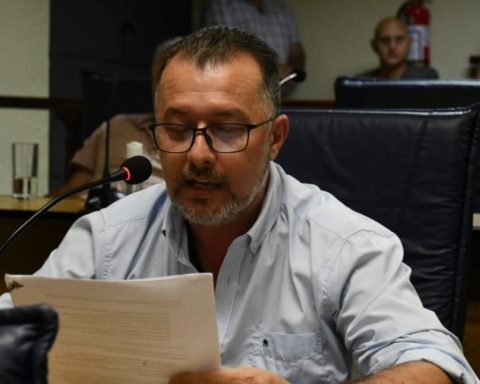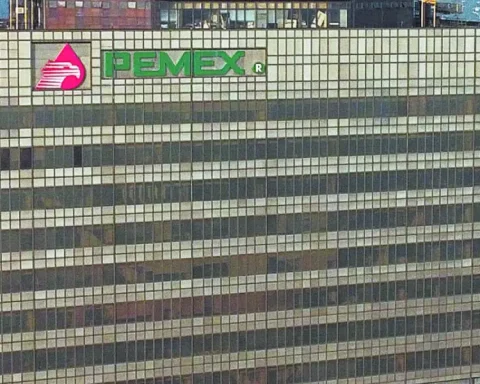The Nafta Sellers Union (Unvenu) was satisfied with an exchange held this Friday with four of the five Ancap directors. Although there were several issues on the agenda to adjust some elements related to the distribution and dispatch of fuel, there was one that had the stationers in suspense: the possibility that Ancap would begin to apply a different commercial policy in its four stations as sell at the pump (at certain times and days) fuels below the maximum set by the Executive Power, something that can be implemented today but no station does it in practice. Unvenu argues that the profit margin they obtain is too low to go down that road.
The agents that operate in this sector are awaiting with expectation a new deregulated scheme for the operation of the chain that the Regulatory Unit for Energy and Water Services (Ursea) should have applied in January but did not arrive on time. For this reason, he decided to give the regulator a six-month extension. The The Executive Branch urged Ursea to review and develop commercial regulations for activities related to the distribution of liquid fuels and the preparation of a methodology for calculating the corresponding maximum prices.
The manager of Unvenu, Federico de Castro, said to The Observer that After the meeting with the Board of Directors of Ancap “they left calmer” since the commercial proposal to reduce the maximum sale price to the public in the entity’s four stations at certain times “corresponds to the president (Alejandro Stipanicic) and “is not shared ” by the rest of the directors who were present at the meeting.
In addition, the president of Ancap (Colorado Party), the vice president, Diego Durand, the director Richard Charamelo —both from the National Party—, and the representative of Cabildo Abierto José Luis Alonso participated. The director of the Broad Front in the Directory, Vicente Iglesias, did not participate in the meeting this Friday.
According to the manager of Unvenu, the rest of Ancap’s Board of Directors considers that it is important to work to lower the price to the public, but prefers “not to incur in practices that will not do the Uruguayan fuel distribution system any good.”
The Observer had consigned this Tuesday that within the proposals that Ancap had considered was to offer a lower price of gasoline during the weekends at its station on the Rambla Trouville or during the night at the point of sale that it has in the Carrasco Airport area. The entity directly manages a tiny part of the market. In total there are 477 stations that are distributed throughout the country, of which 288 (60% of the total) operated under the seal of the Ancap subsidiary (Ducsa), 101 by Axion and 88 by Disa.
The economist and expert on competition issues Sebastían Fleitas considers that the fuel system in Uruguay it requires changes to gain efficiency and questions some logics that currently prevail. “Service stations represent a market where there are signs that suggest the possibility of generating efficiency gains and cost improvements through greater intensity of competition,” he says.
Fleitas argues that from the point of view of economic theory “it is very unlikely that the stations will independently set the same price.” This is because “there is heterogeneity” between stations, both in cost structure and product differentiation, but in practice all stations decide to set the maximum allowed by the standard at the pump and do not sell below that threshold, except in cases exceptional in the case of diesel where large consumers get discounts.
The specialist – who has a doctorate in Arizoa and is a professor at the Catholic University of Leuven (Belgium) – maintains that many times the debate is centralized in the management of Ancap and leaves aside another fundamental leg of the fuel business in Uruguay : distribution and marketing.


















